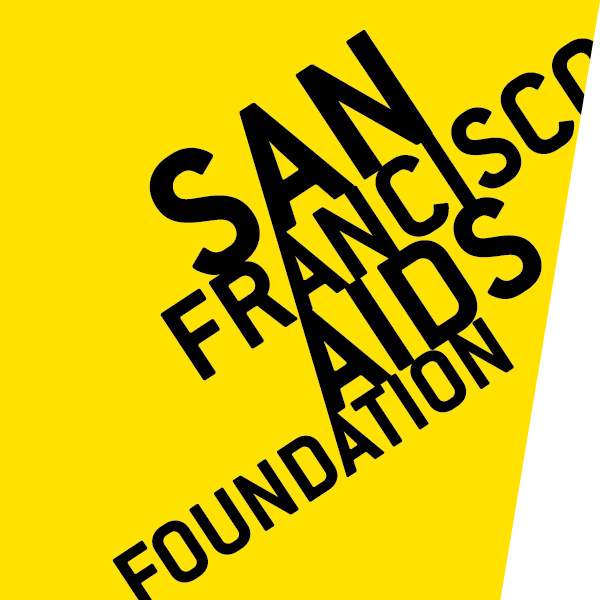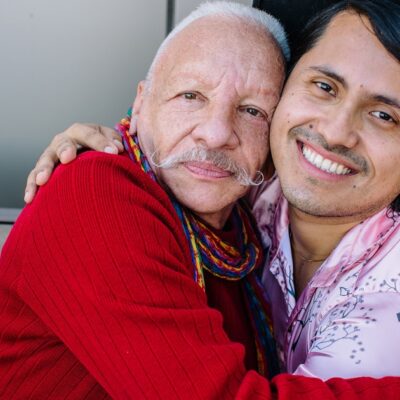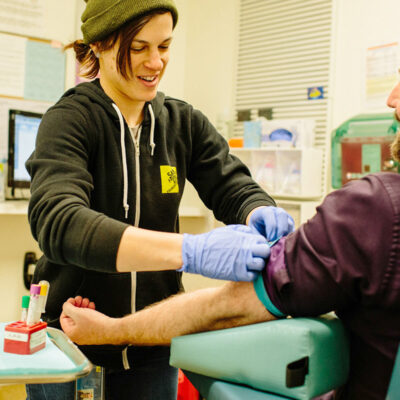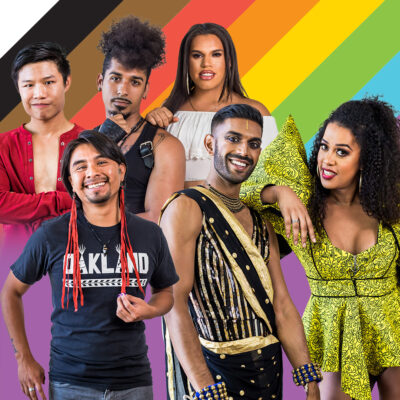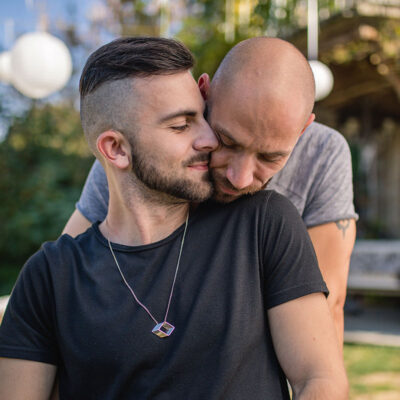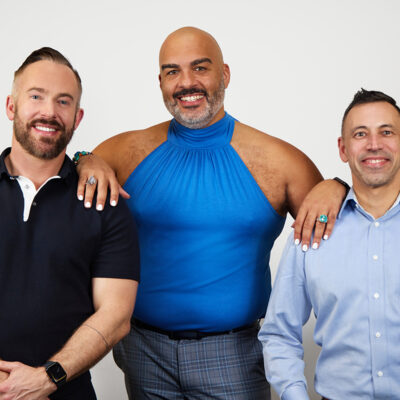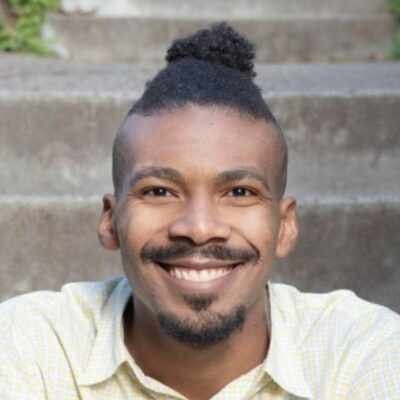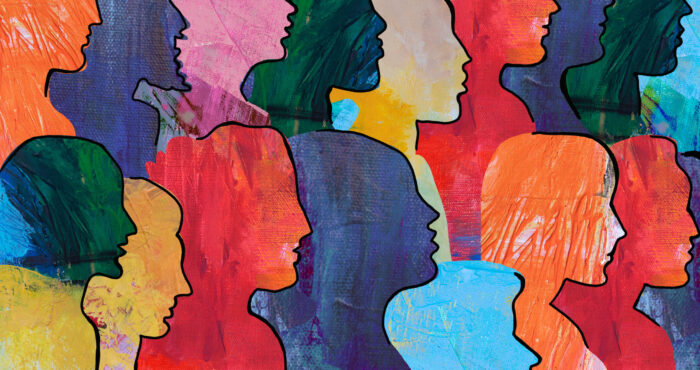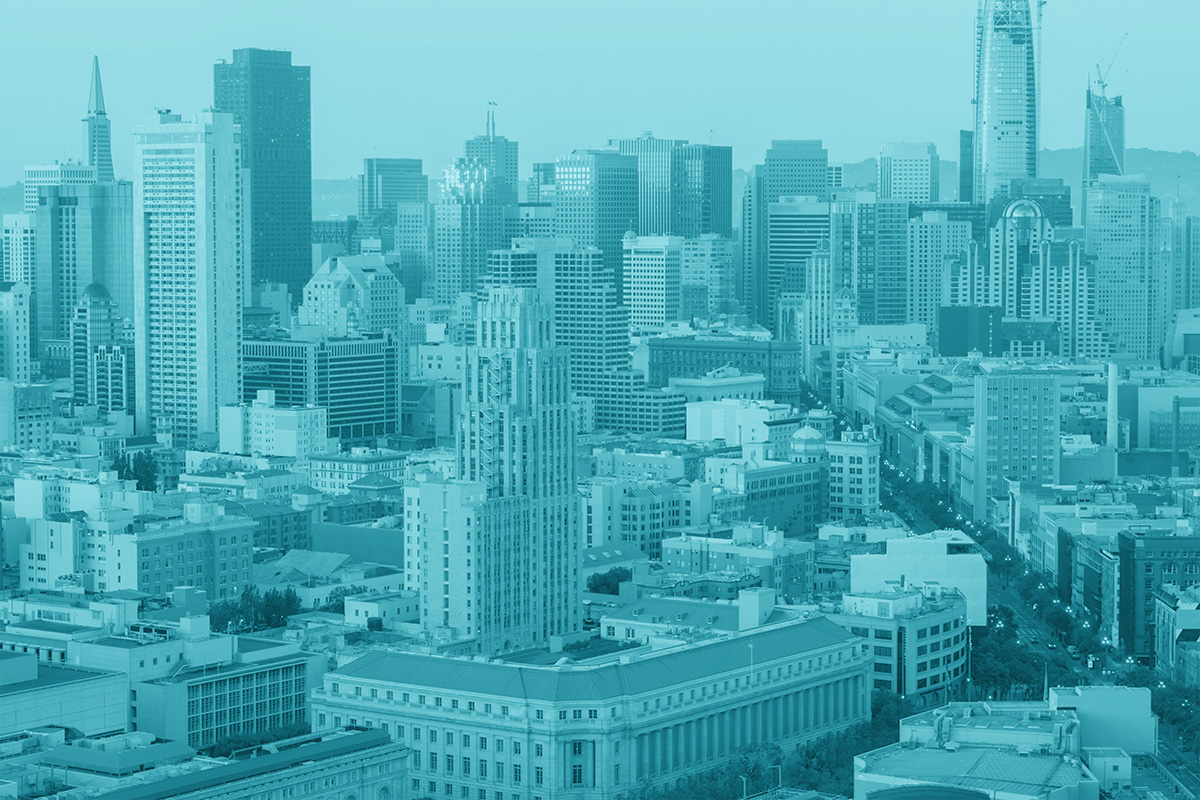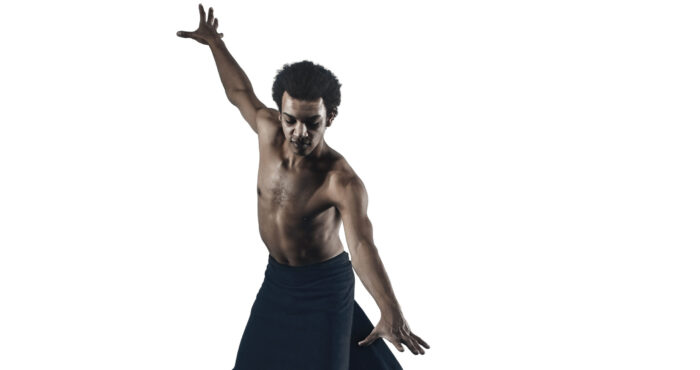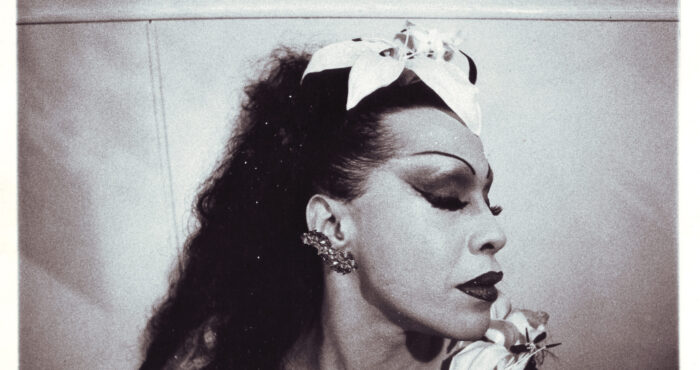Queer folks have always protected each other against disasters. Climate change is no different.

Indigenous communities, the Black Panther Party, and modern COVID-19 relief efforts demonstrate how people have practiced mutual aid for generations. So, while climate scientists predict intensifying hurricane and wildfire seasons, LGBTQ+ mutual aid networks across the country are mobilizing using the same tried-and-true methods for protecting queer folks.
“While it feels especially true today that we can’t rely on the federal government alone, mutual aid groups have always been critical to meeting the personalized needs of our queer community,” says Kevin Chadwin Davis, who studies the intersection of HIV, public health, and climate change.
But beyond mutual aid, queer folks have long been orientated on how to organize to keep us safe. During the AIDS crisis, we learned how to distribute medicine when healthcare systems wouldn’t help. During periods of LGBTQ criminalization, we created safe houses where we could socialize. During family rejection, we built chosen families and formed unbreakable bonds. Climate disasters just mean applying those same methods of creating networks of community on a larger scale.
In practice, this looks like detailed neighborhood mapping, resource stockpiling, and communication systems that don’t rely on traditional infrastructure. In Houston, the Montrose Mutual Aid Coalition maintains a network of solar-powered charging stations in community members’ homes. In California’s fire country, the Rural Rainbow Network has established evacuation routes that include safe houses specifically for LGBTQ+ evacuees. In Florida, the Tampa Bay Rainbow Response Team maintains an updated database of community members who need temperature-controlled storage for hormone medication during power outages.
Traditional emergency response assumes everyone can safely access official shelters. But we know that’s not true. Trans folks, especially trans folks of color, often face discrimination or danger in emergency shelters. Elderly LGBTQ+ people, who are more likely to live alone and be estranged from biological family, can become invisible to official response systems.
“These networks are expanding, but it’s not easy,” says Kevin. Funding is always tight. Coordination between networks in different cities is still developing. And there’s the delicate balance of maintaining public resources while protecting vulnerable community members’ privacy. For instance, some grant funding won’t allow community organizations to serve the sex worker community. “For sex workers, mutual aid may be the only help they will receive,” Kevin emphasizes.
Yet, these challenges can’t halt the progress that’s being made, because what’s clear is that more hurricanes, heat waves, and other disasters will become a part of our norm. And when they strike, everyone needs to know exactly who needs help and how to help them. We must know which neighbor has a truck for evacuations, which basement is safe for emergency housing, who has extra medication to share. That’s not something that can easily be figured out in the moment. That’s something built over time, through community. Starting right now.
The good news? These networks are replicable.
Key steps include:
- Mapping your community’s specific needs and resources
- Building relationships with local emergency services
- Creating communication systems that work during power outages
- Identifying safe spaces and evacuation routes
- Stockpiling essential supplies, including medication
- Regular community check-ins and updates
But this still might sound like a lot! Gather 3-5 committed community members and tackle the key steps together. Wondering how you might find them though? Start with the spaces you already inhabit. LGBTQ+ community centers, queer reading groups, local support groups, and affirming faith communities are goldmines. But don’t just show up and announce your intentions – listen first. Attend meetings, understand the existing dynamics, watch who shows up consistently, who asks thoughtful questions, who stays after to help clean up.
Drag shows, pride events, and queer performance spaces aren’t just entertainment – they’re networking events. The person running sound, the bartender, the performer who stays to chat – these are potential collaborators who understand community care intimately.
Sliding into DMs works, but be transparent. Don’t just ask for labor. Share your vision, be vulnerable about why this matters to you. People commit to people, not just projects. Explain what you’re trying to build, and why mutual aid isn’t charity – it’s survival.
Your first conversations aren’t recruitment – they’re relationship building. Be prepared to show up for others before asking them to show up for your project. Mutual aid is mutual. It’s not about finding people to do work for you, but finding people to build something transformative with you.
And perhaps the most beautiful thing about mutual aid, though, is that it reminds us we already have what we need most: each other. We just have to get organized about it.
